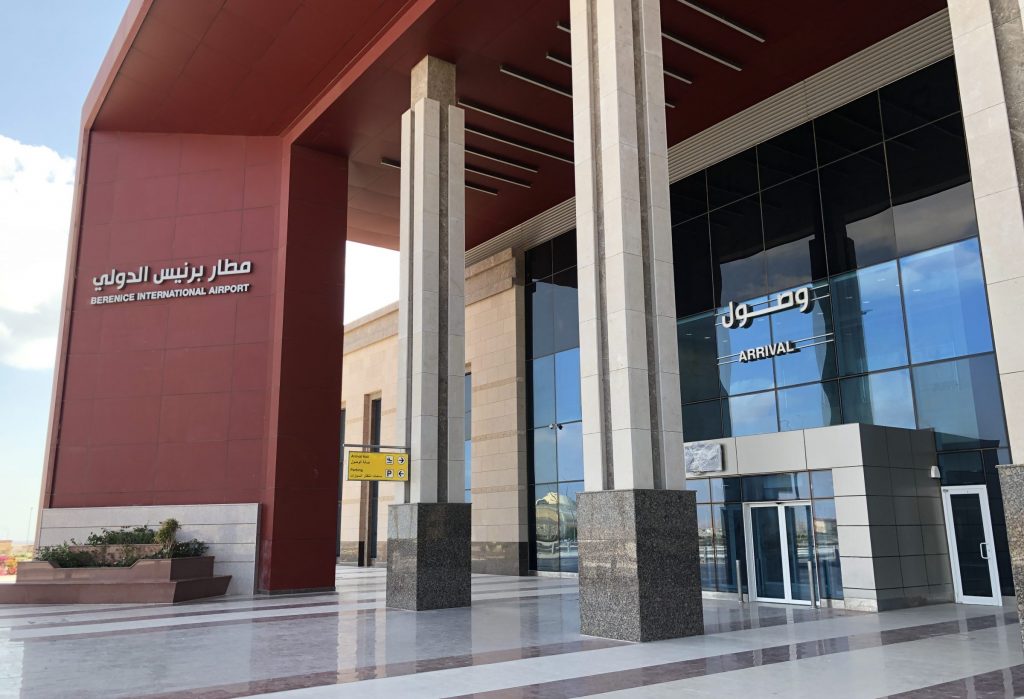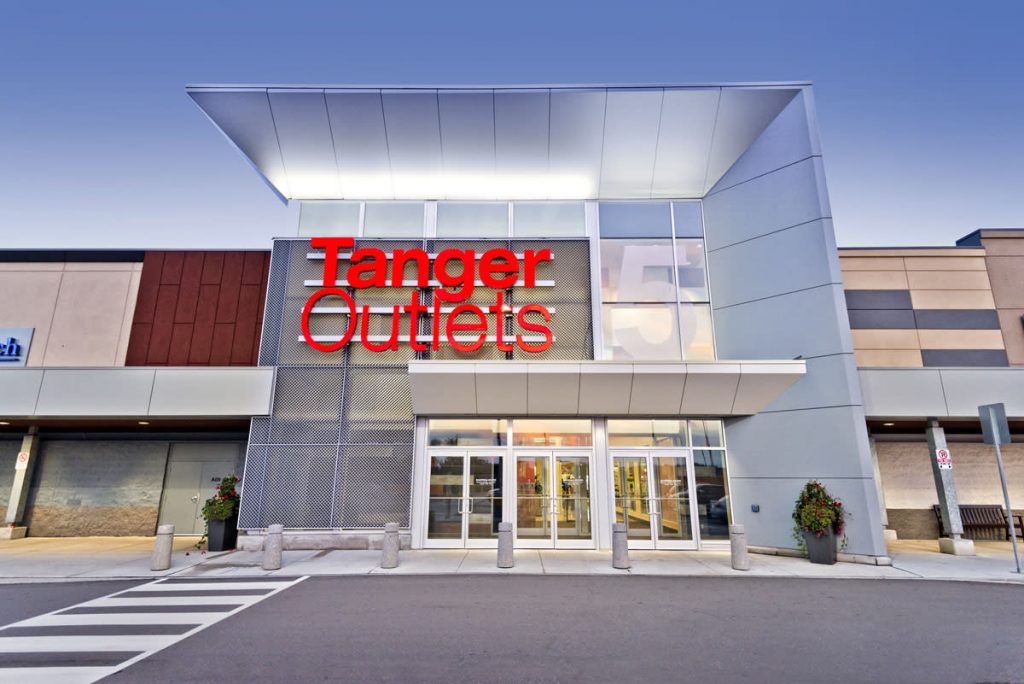At a Glance
St. Michael’s is a leading teaching and research hospital located in downtown Toronto, Ontario. The project involved the design, supply and installation, verification, and maintenance of a new two stage addressable fire alarm system at St. Michael’s 61 Queen Street East Medical Clinic Building. It also included overseeing approvals by the City of Toronto and other authorities. This case study details the challenges tackled during installation, the solutions used, and the benefits of selecting Mircom.
Project Background
Founded in 1892, St. Michael’s Hospital is a leading downtown teaching hospital located in Toronto, Ontario. As downtown Toronto’s adult trauma center, the hospital is a hub for neurosurgery, complex cardiac and cardiovascular care, diabetes and osteoporosis care, minimally invasive surgery and care of the homeless and disadvantaged. St. Michael’s is also one of the province’s major sites of care for critically ill patients. The hospital is also affiliated with the University of Toronto, and is a major tertiary and quaternary referral center. St. Michael’s hospital employs over 4861 staff and 609 physicians, and has the help of more than 700 volunteers, 2000+ students, and 400 research staff.
The purpose of St. Michael’s RFP was to establish a contract with a fire alarm manufacturing company for design, supply & installation, verification, and minimum one year warranty maintenance contract of a new two stage addressable fire alarm system at their 61 Queen Street East Medical Clinic Building. Additionally, the elevators did not recall automatically on fire alarm, therefore the project also required automatic elevator recall on first stage alarms.
The 61 Queen Street East Medical Clinic Building was bought and renovated by St. Michael’s Hospital in 1988. It is a 90,000 sq. foot and nine story high space comprised of a mix of physician offices and clinic space. Additionally, a retail pharmacy and blood lab are situated in the main lobby, and there are two levels of parking. There are approximately 172,000 patient visits per year to the various health clinics.
The existing fire alarm system at 61 Queen Street East was a single stage MIRTONE 790, with the installation having been done in the 1970’s. The building is fully sprinklered with dry sprinkler systems in the below grade levels.
In addition to the design, supply and installation, verification, and maintenance of a new two stage addressable fire alarm system, Mircom was also tasked with overseeing various approvals. These included the City of Toronto, the Authority Having Jurisdiction (AHJ), and Electrical Safety Authority (ESA) including Toronto Fire Services and Toronto Buildings and Inspections Department.
Challenge
St. Michael’s hospital continued to be operational during the installation. Therefore, Mircom engineers and installers had to schedule access with the St. Michael’s medical teams in order to ensure patients and staff were disrupted as little as possible. The installation was divided so that work in one area did not disrupt the other areas of the hospital. In addition to working around ongoing patient care, this project involved retrofitting the existing fire system to comply with the FleX-Net intelligent fire system replacement. The previous equipment was a hard-wired system.
The Mircom Solution
In order to complete the retrofit without compromising system operations, Mircom staff built a Central Alarm Control Facility (CACF) Room. They relocated the new equipment in this space, which allowed the existing, hard-wired system to continue operating while the new product was installed. Additionally, Mircom engineers created new programming so that the FleX-Net equipment began functioning immediately after the installation. This ensured that the building was never left unprotected.
The Mircom team liaised with the Toronto Building and Fire Departments during the process of installation, routinely contacting them to ensure that inspections and certification would be passed without issue when the project was completed.
Benefits and Value Added
Mircom’s FleX-Net is very easy to install and operate compared to similar solutions on the market. Additionally, since this project was completed in downtown Toronto, the client had the advantage of direct access to Mircom’s Head Office team and manufacturing facility in Vaughan. The close proximity of the team meant that Mircom was able to be on-site supervising the project and was available should any problems have arisen during the installation. Mircom continues to be available for any future issues or correspondence.
“The fire alarm installation was completed flawlessly, and we are very pleased with the end product from Mircom. The ability to communicate directly and efficiently with the manufacturer was particularly effective. We have not had any complaints from building occupants, the Head of Security, or the Facilities Director regarding the installation… and in our industry, the absence of complaints is the ultimate compliment.”
– Joseph McCole, Fire Safety, Emergency Management Consultant, St. Michael’s Hospital
The System
Mircom’s FleX-Net is designed for the most demanding fire protection and emergency communications applications. FleX-Net guarantees a faster, more accurate emergency response that’s fully customized to any project. FleX-Net is designed for peer-to-peer network communications, is expandable up to 63 nodes, and features built-in BACnet support for seamless integration.
The Flex-Net base panel consists of one intelligent loop controller capable of supporting 99 Analog sensors and 99 addressable modules which can be wired in Class A (Style 6 or 7) or Class B (Style 4). The system can be expanded through the use of additional analog loop controller modules.
The system is equipped with a back-lit alphanumeric LCD display and utilizes a simple menu system complete with directional keypad, common control switches and LEDs, alarm queue switches and two configurable input switches.
FleX-Net is a very flexible system that supports both internal and external annunciation modules. The internal annunciation modules consist of the RAX-programmable zone LED annunciator, the IPS-2424DS programmable input switches module, the FDX-008 fan damper module and the AGD-048 adder graphic module.
All input circuits can be configured for nonverified alarm, verified alarm, water-flow, latching/ non-latching supervisory, monitor, trouble only or remote switch inputs. The system has the capacity to function as a series of multiple panels together as one single operation.
Installation and Team
Mircom was awarded the contract in April of 2014 and took one year to complete the job. This project was handled exclusively by the Mircom Head Office team in Vaughan, ON. The installation was a success thanks to the coordination of Mircom ES Toronto, Mircom’s Sales Team, Project Managers and the Applications Group.
Conclusion
St. Michael’s Hospital is an essential piece of Toronto’s infrastructure. In a city of 2.8 million people, access to healthcare is fundamental. St. Michael’s is one of the leading hospitals in Toronto for trauma, neurosurgery and is registered as a teaching hospital for new medical students. Mircom is proud to have been a part of such an important local project and is dedicated to making other healthcare institutions around the world safer, smarter and more livable for patients, loved ones, and staff alike.




